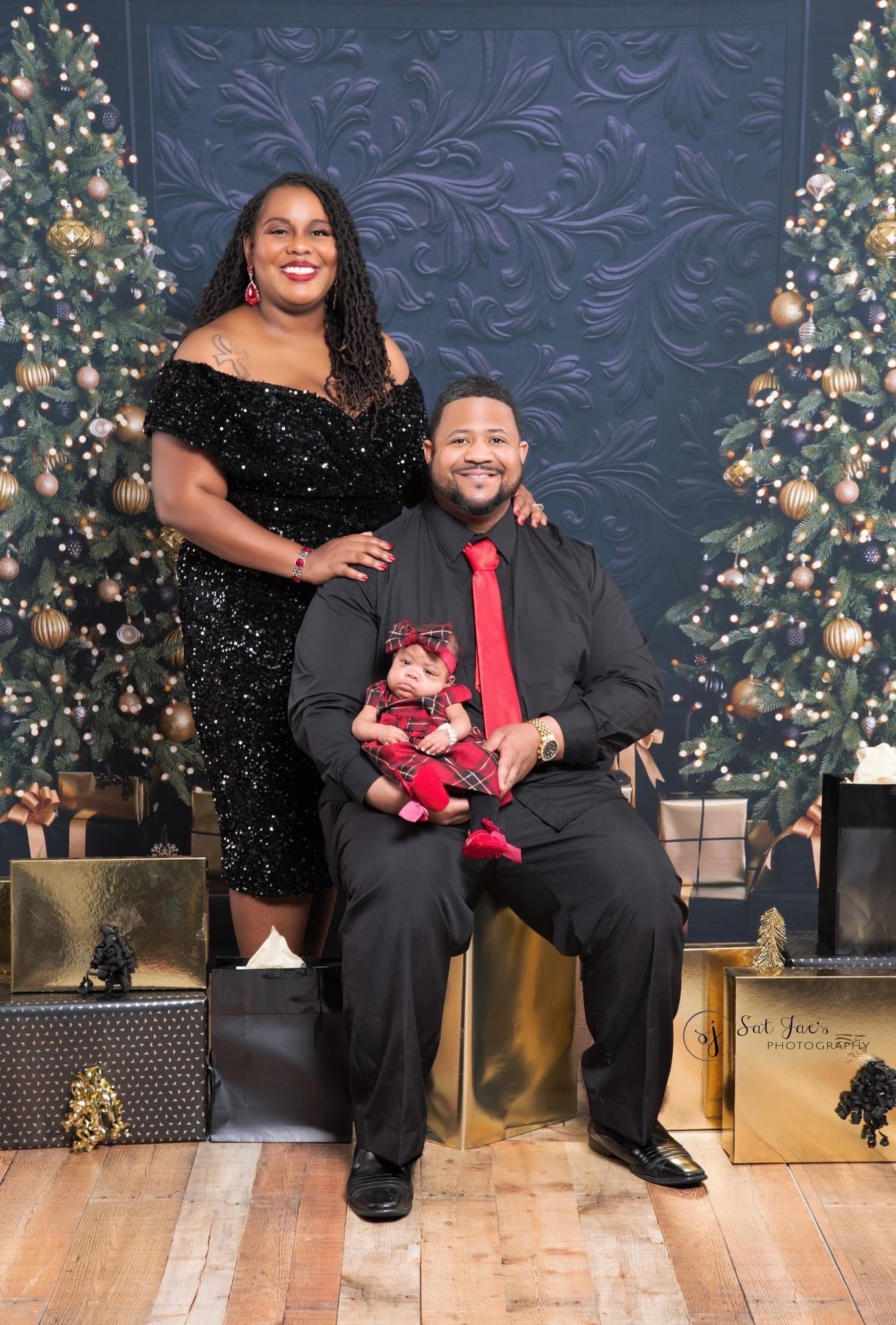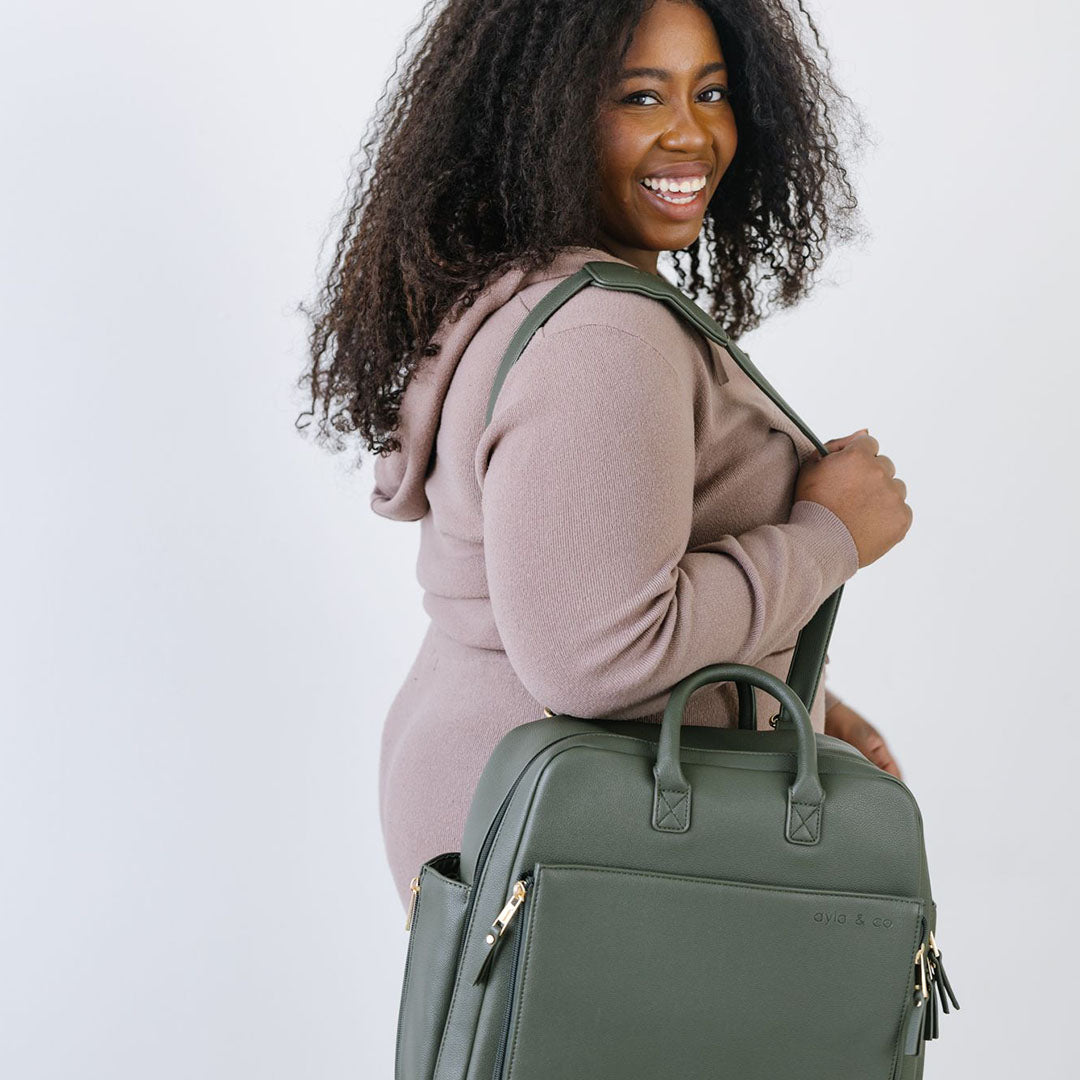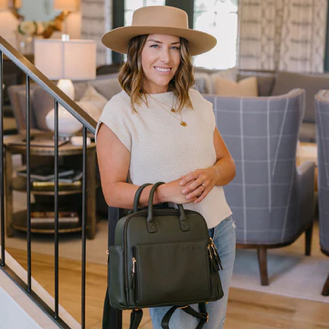
Creating a Family Emergency Plan
Today, on the Ayla Blog, we’re discussing making a family emergency plan. This topic may be something you’ve already covered in your home, or it may be completely new. In either case, making a family emergency plan is important. So whether you’re making a plan for the first time, or reevaluating your plan, remember to stay level headed. Disasters cannot be controlled, so while making a plan can feel overwhelming or a bit unnerving - remind yourself you’re being prepared and taking control of things you are able to control in a disaster. If planning feels like too much, then plan in small chunks of time or put different members of your family incharge of different aspects of your plan.
Here are some simple tips to create your family emergency plan.

from: Clean Organized Family Home
Research Which Types of Disasters Could Affect Your Area
Consider:
- How will you receive emergency alerts or warnings?
- What is your shelter plan?
- How will you evacuate, what is your route?
- What is your communication plan with your family?
- Do you have an emergency preparedness kit? If so, does it need to be updated?

from: Willing Wisdom
Consider the Specific Needs in Your Home
Consider:
- Different ages within your home.
- Are you responsible for assisting others - in or out of your home?
- What are special dietary needs?
- What are medical needs?
- Disabilities or access and functional needs?
- Pets and school-aged children?

- Does everyone in your home understand the plan?
- Do any plans need to be revised?
There are so many resources available to make creating a family emergency plan simple. Websites like ready.gov or The American Red Cross, are reliable resources with readily available information. This includes a premade family emergency plan that only requires you fill in your family information. While making a family emergency plan doesn’t sound like the most exciting thing to do with your family, it is important. Why is it important? There are a few reasons to explore and discuss with your family. These include: you may not be with all members of your family, or how to contact each other, or what specific types of disasters affect your area, or how those plans change with different ages of children.









